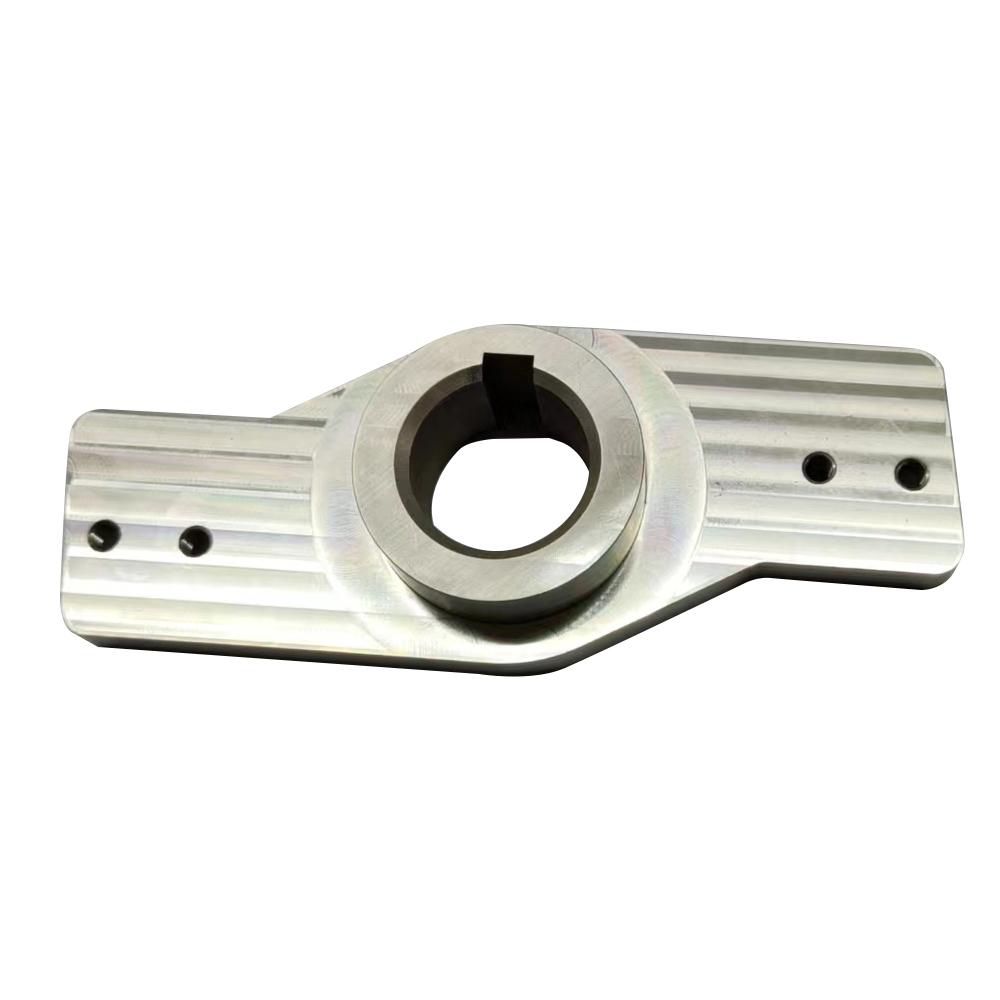How Can I Achieve Cost-Effective Tolerances in CNC Machining?

Here's a detailed breakdown on achieving cost-effective tolerances in CNC machining:
Understanding Tolerance Needs
l Function Over Form: The key lies in identifying which tolerances are absolutely critical for your part's functionality and assembly. Don't get caught up in specifying overly tight tolerances on features that don't significantly impact performance. Tight tolerances require slower machining speeds, more tool changes, and higher inspection costs, all driving up the price.
l Tolerance Stack-Up: Consider how tolerances on different features accumulate throughout the part. A tight tolerance on one feature might not be achievable if tolerances on preceding features are loose, leading to unnecessary cost. Analyze how tolerances interact and aim for a balance that ensures proper assembly and function.
Utilizing Standard Tolerances
l Standardization is Key: Whenever possible, use standard tolerance values across your design. Common industry standards exist for various tolerance levels (e.g., +/- 0.1mm or +/- 0.005in). Sticking to these standards simplifies the manufacturing process for the CNC machinist. They already have tooling and techniques optimized for standard tolerances, reducing setup time and cost.
l Custom Tolerances Add Up: Specifying custom tolerances outside the norm requires special tooling or adjustments to the machining process. This can be expensive and time-consuming. By leveraging standard tolerances whenever possible, you keep costs down.
Exploring Alternative Manufacturing Methods
Think Outside the CNC Box: Not every feature needs the precision of CNC machining. For some features, alternative manufacturing methods might be more cost-effective while achieving sufficient accuracy. Consider techniques like:
l Sheet metal bending: For creating precise angles and shapes in sheet metal.
l Casting: For complex geometries that might be difficult or expensive to machine.
l 3D printing: For rapid prototyping or low-volume production of parts with less critical tolerances.
By carefully analyzing your tolerance needs, using standard tolerances where possible, and considering alternative methods, you can achieve cost-effective precision in your CNC machined parts. For more information please click: A Guide to Cost-Effective Tolerance and Surface Finish Strategies in CNC Machining.
- Art
- Causes
- Crafts
- Dance
- Drinks
- Film
- Fitness
- Food
- Games
- Gardening
- Health
- Home
- Literature
- Music
- Networking
- Other
- Party
- Religion
- Shopping
- Sports
- Theater
- Wellness


